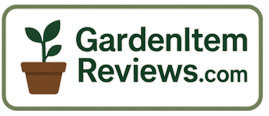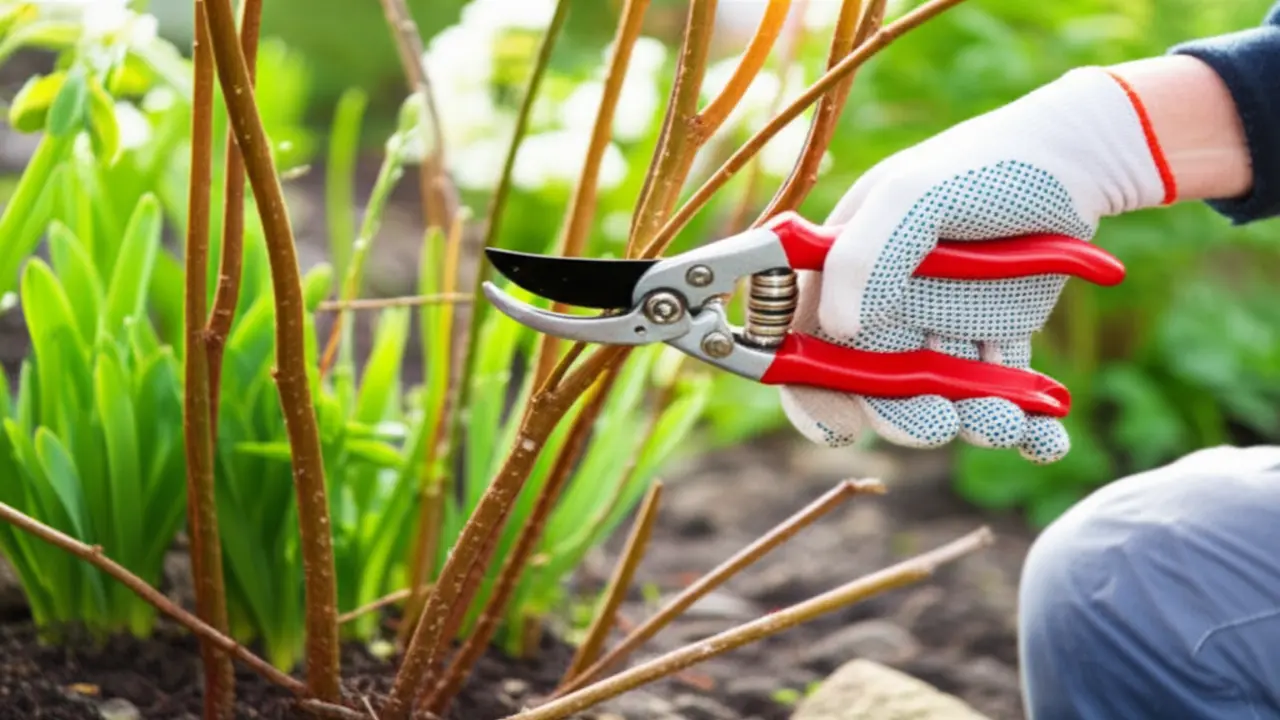
1. Introduction: The Importance of Spring Pruning
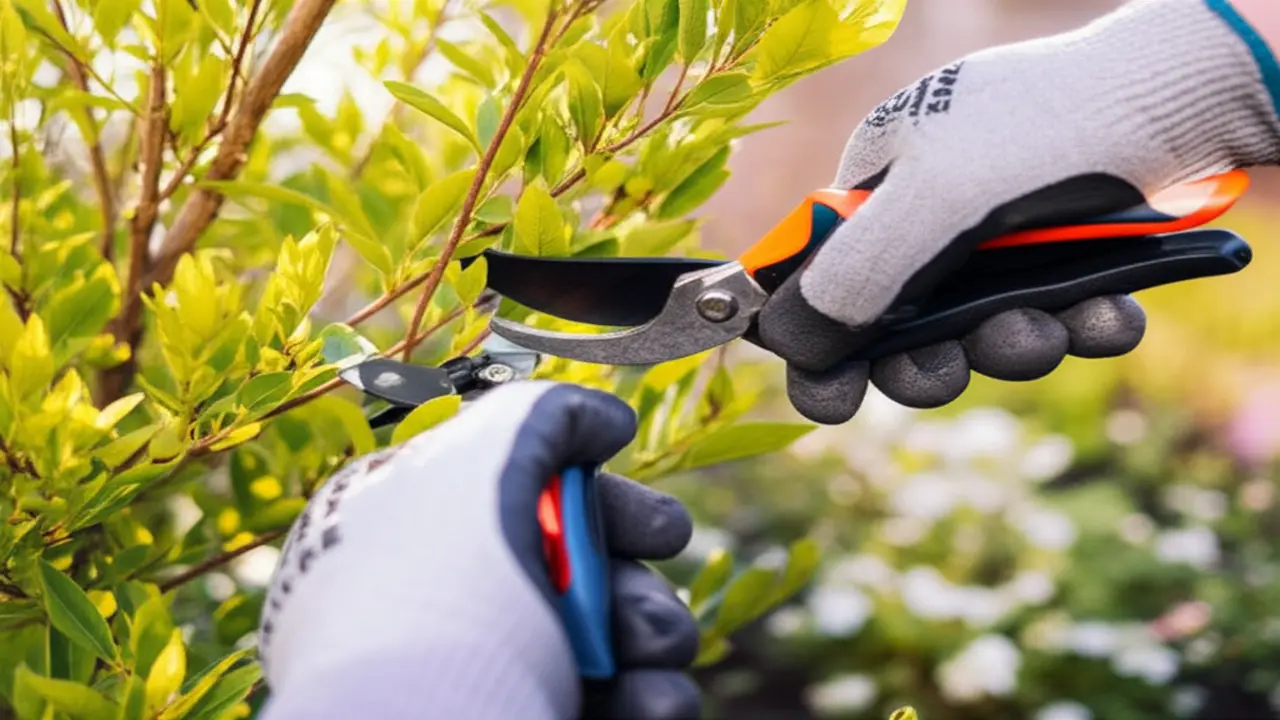
2. Your Essential Spring Pruning Checklist
Following a structured spring pruning checklist for 2025 is the key to a vibrant and healthy garden rebound. Before making a single cut, it’s crucial to approach the task methodically to promote vigorous growth and prevent stress on your plants. This process is about careful correction and preparation, not just hacking away at branches. Address these points to ensure your garden thrives.
* Inspect for Winter Damage: Your first step is a thorough visual inspection. Look for branches that are dead, broken from snow or wind, or show signs of disease like cankers or unusual discoloration. Removing this damaged wood first cleans up the plant and directs its energy toward healthy growth.
* Prune for Flowers and Form: Target summer-flowering shrubs before new growth appears. Also, tackle any branches that are crossing, rubbing, or growing back toward the plant’s center. Correcting these structural issues improves air circulation and sunlight exposure, which is vital for preventing fungal diseases.
* Tool Preparation is Non-Negotiable: Begin with clean and sharp tools. A dull blade can crush plant tissue, creating a ragged wound that heals slowly and invites pests. Taking the time to learn how to sharpen pruning shears is a fundamental skill for any gardener. Remember to disinfect your blades with isopropyl alcohol or a bleach solution between each plant to avoid spreading potential pathogens throughout your garden.
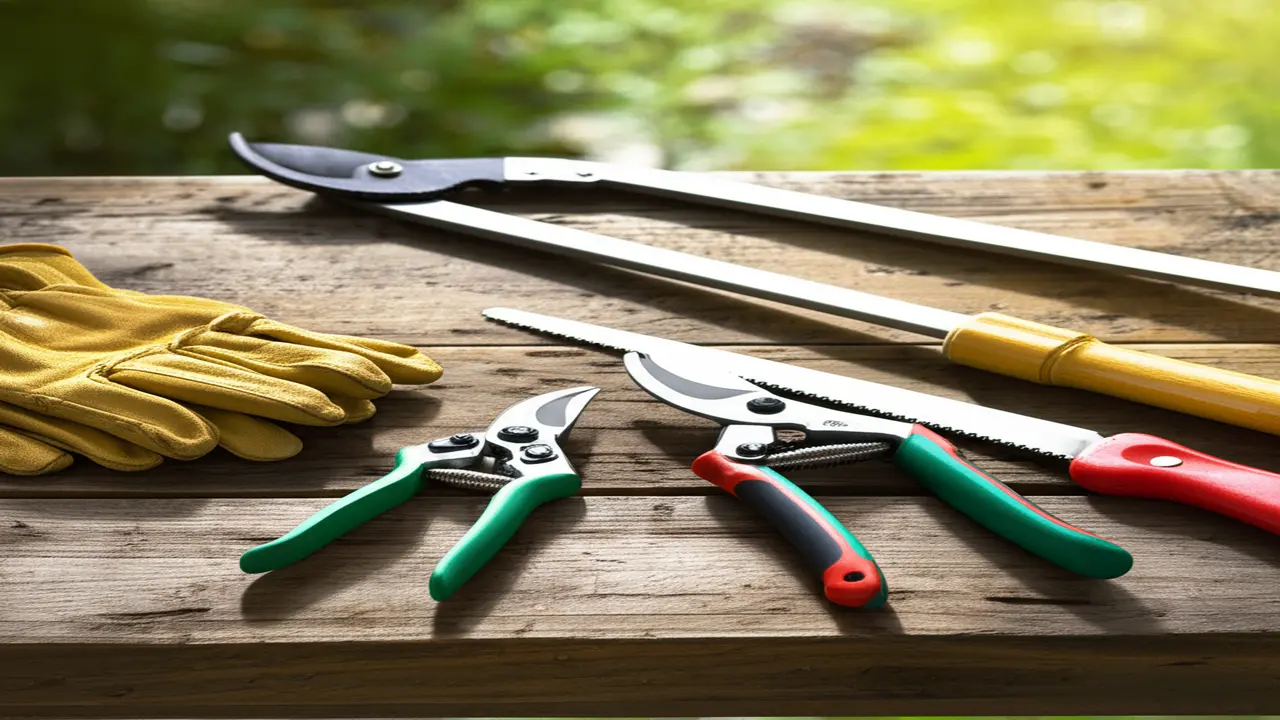
3. Essential Tools for Spring Pruning
Completing your 2025 spring pruning checklist starts with gathering the right equipment. Using the correct tool is crucial for making clean cuts that heal properly, preventing disease and damage to your plants. A mismatched tool can lead to ragged wounds on a branch and can be a safety hazard for you. For a successful and safe pruning session, your core toolkit should always contain these essentials.
* Bypass Pruners: Perfect for the clean, scissor-like cuts required for living stems and branches up to about a half-inch thick.
* Loppers: With their long handles, these provide the necessary leverage to cut through branches from one to two inches in diameter. For tougher cuts, consider specialized pruning shears for thick branches.
* Pruning Saws: When a branch is too big for loppers, a pruning saw is the go-to tool.
* Hedge Shears: Use these exclusively for shearing and shaping formal hedges.
* Safety First: Never prune without durable gardening gloves and protective safety glasses.
4. What to Prune in Spring (and What to Avoid)
Knowing what to cut in spring is crucial for a thriving garden. Your 2025 spring pruning checklist should focus on plants that bloom on new wood, as this encourages vigorous growth and abundant flowers.
* Plants to Prune Now: Target summer-flowering shrubs like Panicle hydrangeas, roses, and Butterfly Bush (Buddleia). This is also the prime time to address fruit trees (apples, pears) to establish a strong structure and boost fruit yield. Inspect deciduous trees and shrubs for any dead, damaged, or crossing branches that appeared over winter. For larger cuts on woody stems, using the proper tool is essential, consider investing in quality pruning shears for thick branches to ensure clean, healthy cuts.
* Plants to Avoid Pruning: Hold off on pruning anything that blooms in early spring on old wood. This includes popular shrubs like Forsythia, Lilac, Azaleas, and Rhododendrons. Pruning these plants now will remove this year’s flower buds. The correct time to prune them is immediately after they finish their blooming cycle.
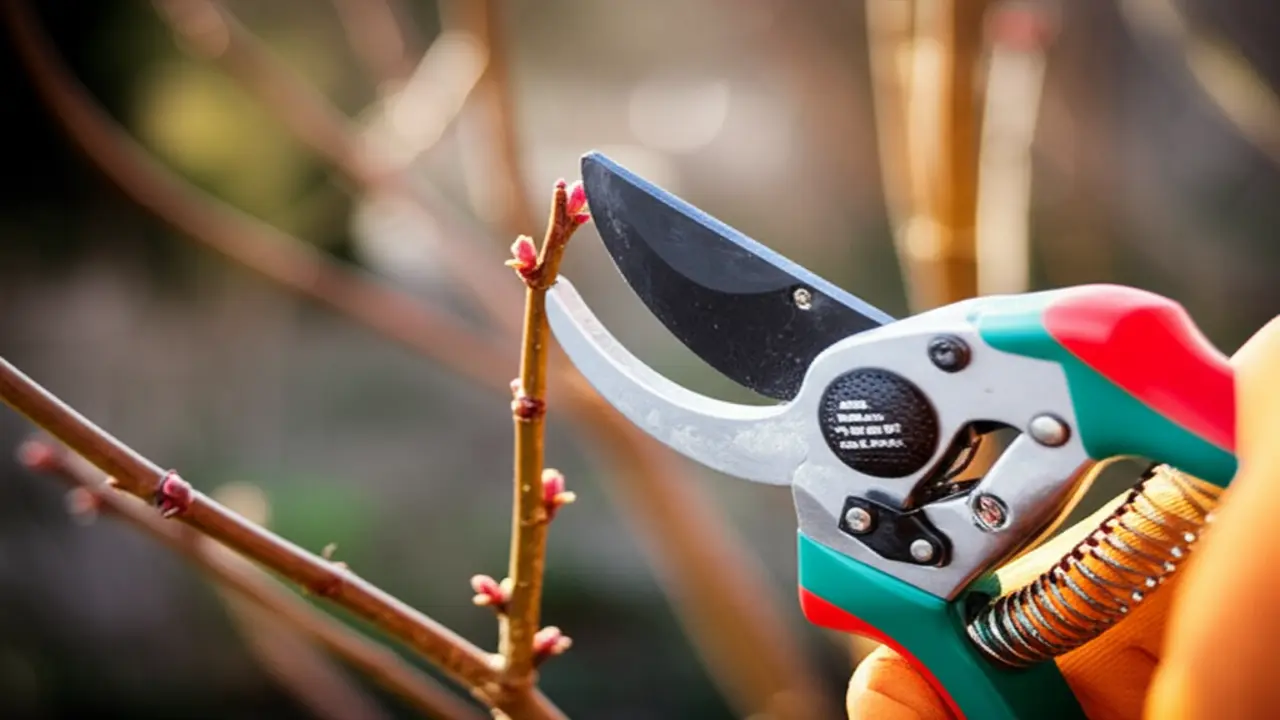
5. Timing is Everything: When to Prune in Spring
* Early Spring: This is the time to prune dormant deciduous trees and shrubs, such as fruit trees, oaks, and many rose varieties. Before the buds begin to swell, you can tackle major structural cuts to shape the plant and remove any dead or crossing branches. For this task, you will often need a reliable pair of heavy duty pruning shears to handle thicker wood. Pruning now directs the plant’s dormant energy into producing vigorous new growth.
* Mid-Spring: Focus on shrubs that bloom on new wood. These are your summer-flowering varieties like Butterfly Bush (Buddleia) and Panicle Hydrangeas. As new growth begins to appear, cutting them back encourages the development of strong stems that will support the current season’s flowers.
* Late Spring: This window is reserved for spring-flowering shrubs like Forsythia, Lilac, and Weigela. The golden rule is to prune them immediately after their flowers have faded. Cutting them any earlier in the season will remove the very flower buds you have been waiting for.
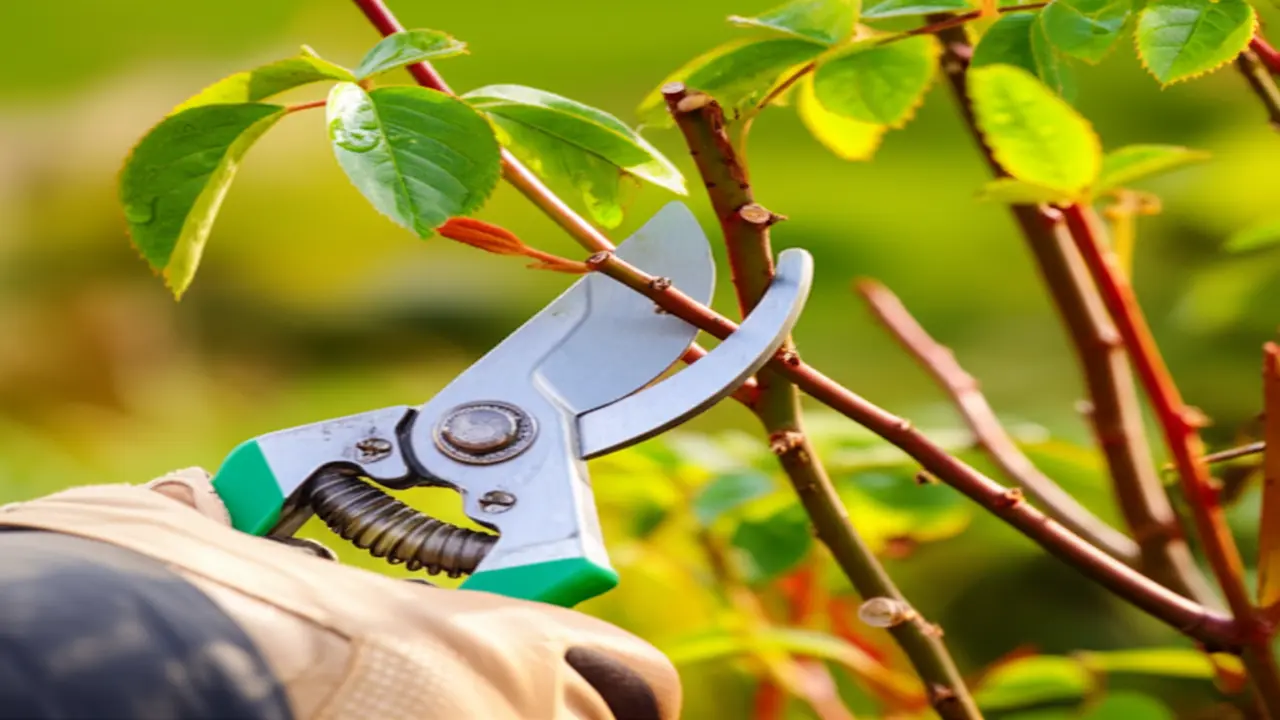
6. Mastering Pruning Techniques
7. Common Spring Pruning Mistakes to Avoid
– Pruning at the wrong time. For example, cutting spring-flowering shrubs like lilacs before they bloom removes the season’s flowers.
– Over-pruning by removing more than one-third of the plant at once, which causes severe stress.
– “Topping” trees, or cutting main branches to stubs. This encourages weak, unsightly growth and is very damaging.
– Making incorrect cuts. Avoid leaving long stubs or cutting too close (flush) to the main stem. The proper technique is to cut just outside the branch collar, allowing the plant to heal correctly.
8. Spring Pruning: Frequently Asked Questions (FAQ)
Here are answers to some of the most common questions we receive, forming a crucial part of any 2025 spring pruning checklist.
How much can you prune at once? As a reliable rule, never remove more than one-third of a plant’s total mass during a single season. Exceeding this limit can put the plant under significant stress, making it vulnerable to pests and disease.
When should you sterilize pruning tools? It is critical to sterilize tools before you start and as you move from one plant to another. This prevents the cross-contamination of plant diseases. A simple wipe with isopropyl alcohol or a diluted bleach solution works well. Effective pruning shears cleaning is a cornerstone of responsible gardening.
What is renewal pruning? This is a gradual rejuvenation technique for old, overgrown shrubs like lilacs or dogwoods. The process involves cutting one-third of the oldest, thickest stems down to the ground each year for three years. This encourages the growth of new, vigorous stems from the base.
How do you prune specific popular plants? The right time depends on when the plant blooms. For spring-flowering shrubs like forsythia, prune them right after their flowers fade. For plants that bloom on new wood, such as ‘Annabelle’ hydrangeas and butterfly bushes, prune them in late winter or early spring before new growth emerges.
